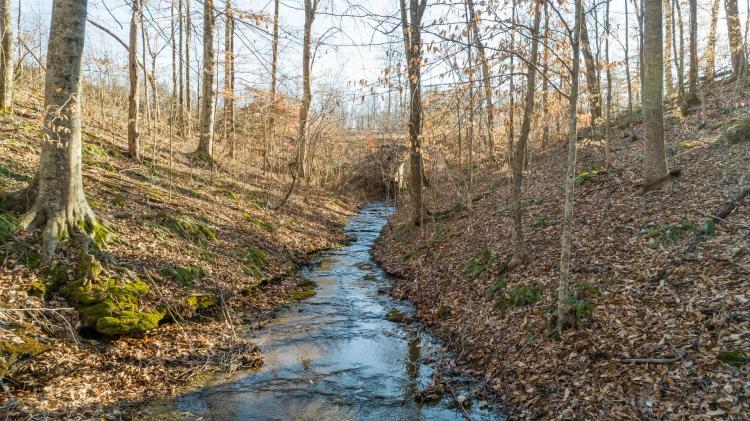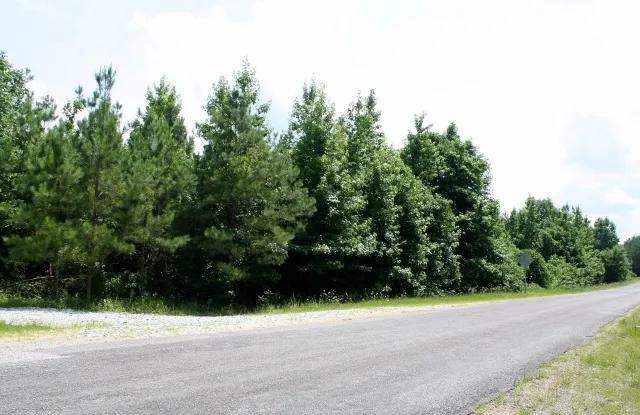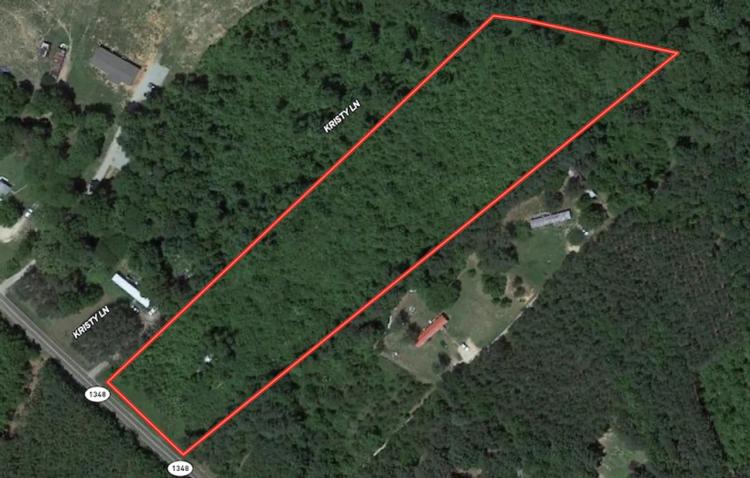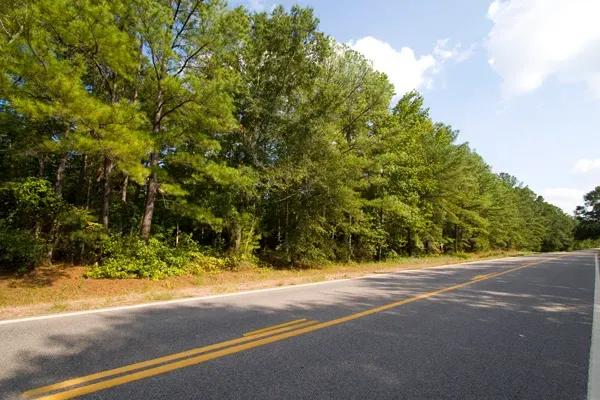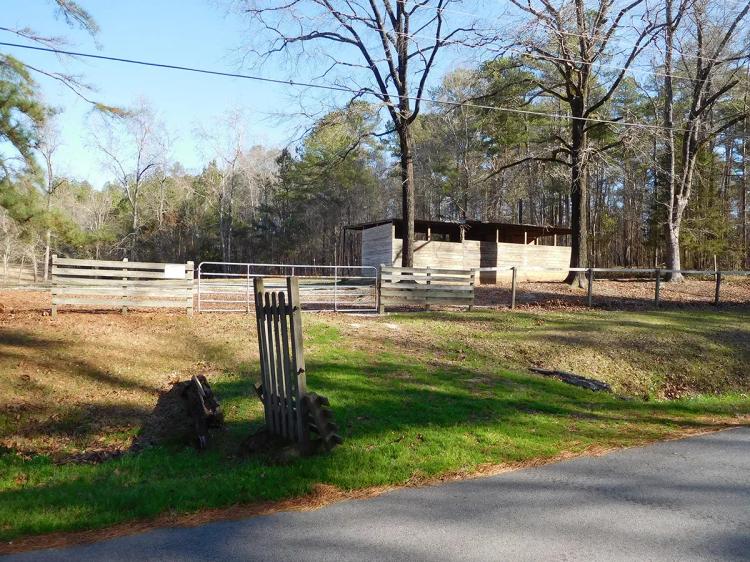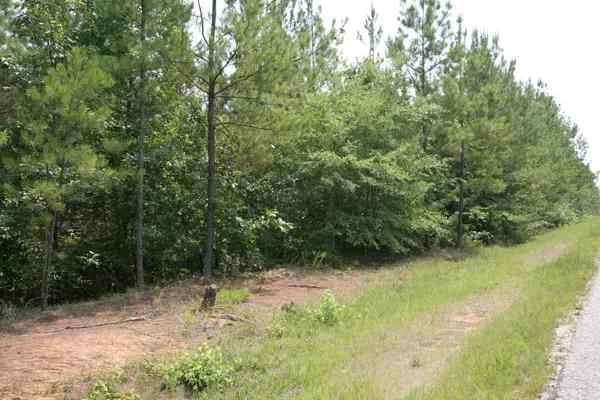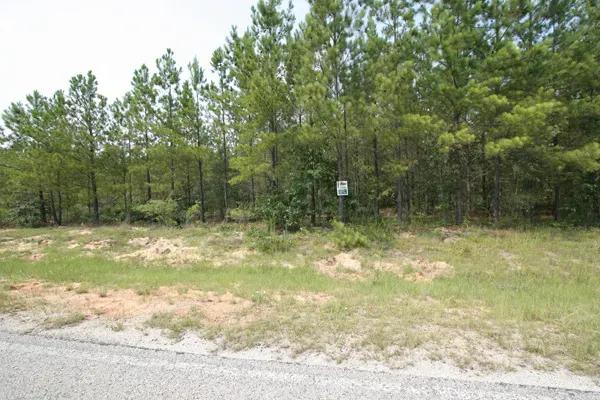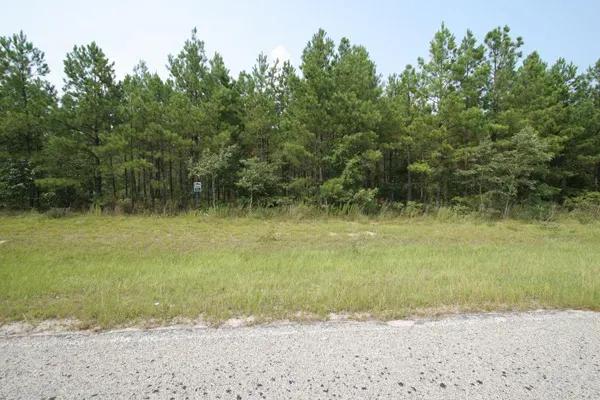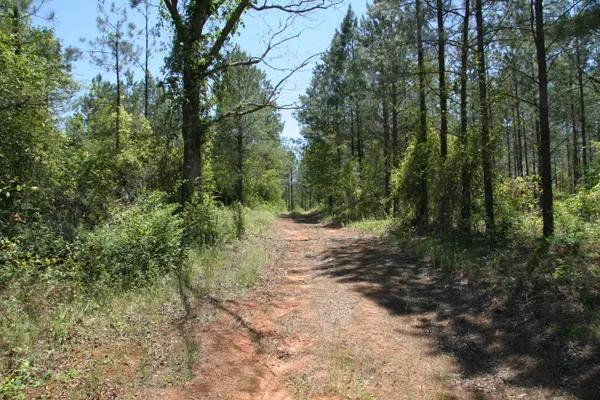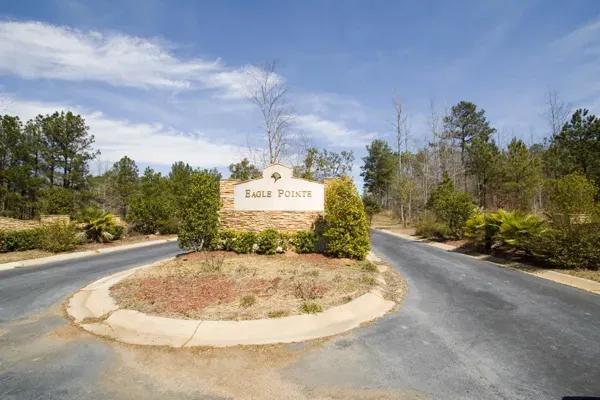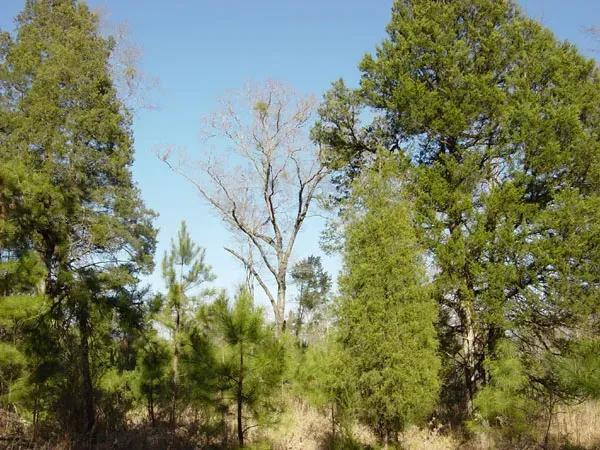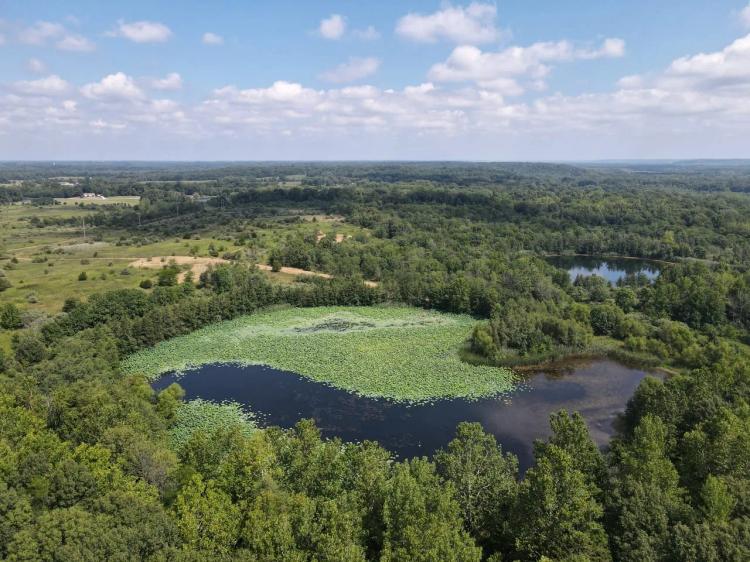Everything Landowners Should Know About Selling Timber
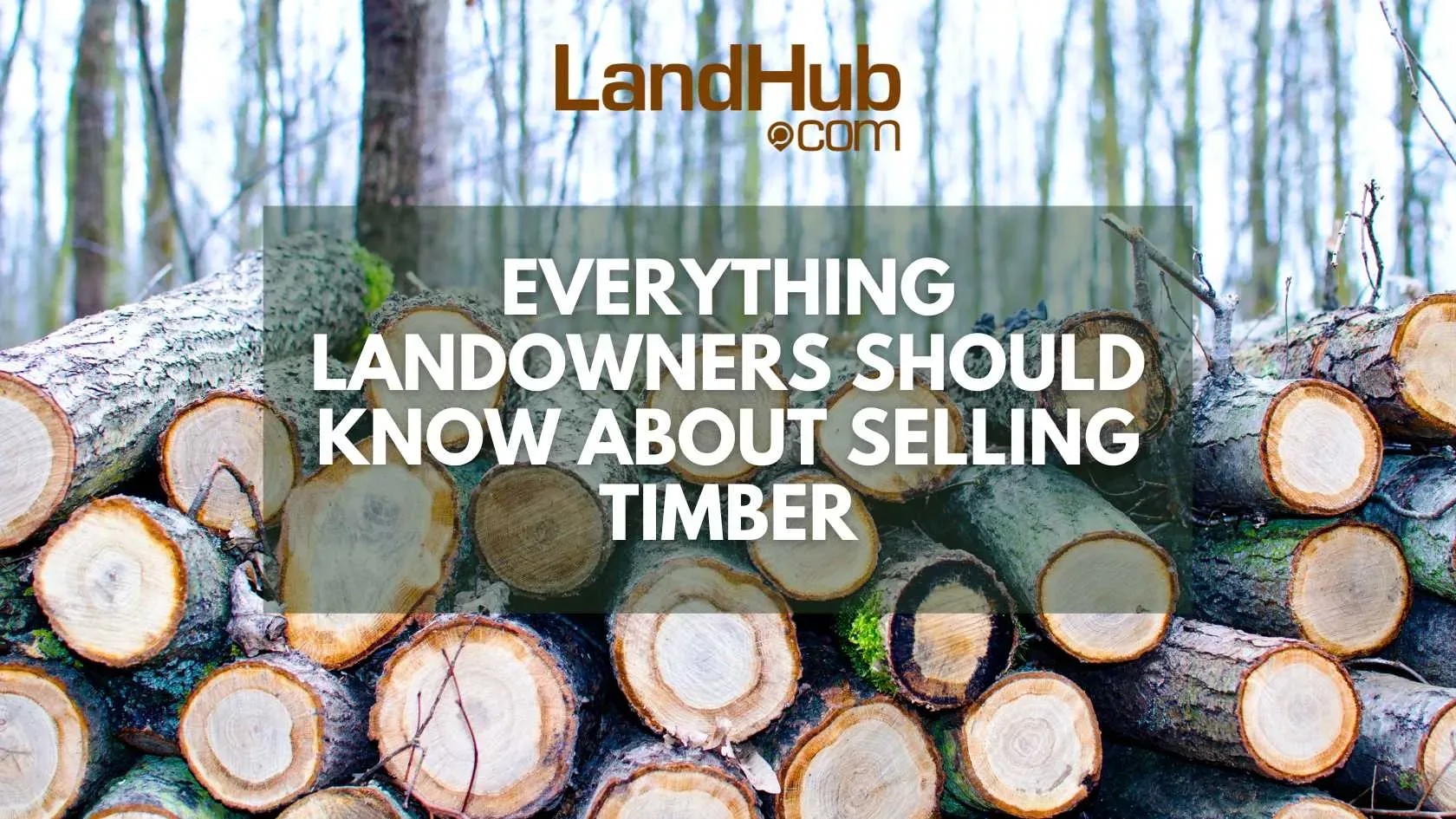
One way that landowners look to make some extra income is by selling timber off of their property; especially in farm woodlots and rural woodlands. If you own acres or a larger residential lot you may be a good candidate for timber harvesting. Whether you’re looking to clear a piece of your lot and sell once or make it a regular practice here’s what you need to know about using your property to sell timber. read more…
How Marketable Timber Can Help You Sell Land
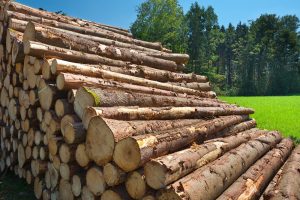
When you’re selling land, any advantage that you have is a good one—especially if that advantage can mean increased profit for your buyer. Such is the case with marketable timber, which, depending on the supply and demand specifics of where your land is located, could be a major boon for the right buyer. read more…
Timberland
Timberland in the United States makes up two-thirds or more of the country’s forested land area while protected federal and state forests occupy around seven percent. The majority of commercial timberland is found in southern states like Georgia, North Carolina, and Mississippi, followed by Alaska and northern states like Maine despite most of the forestland being in western states such as California and Colorado. Timberland in the south is dominated by pine forests, whereas Douglas-fir and ponderosa pine forests are typically found in the western U.S.
According to the Realtor’s Land Institute, from 1986 to 2007, most forest product companies realized they did not need to own large amounts of timberland to provide their mills with a steady and reliable flow of wood. They decided it would be better financially to monetize the timberlands and use the capital for investment into wood processing facilities and to improve their balance sheets. During this 21-year period, the total investment in timberlands by institutional investors increased from less than $1 billion dollars to over $60 billion dollars.
Timberland is an excellent addition to an investor’s portfolio for several reasons. First, timberland is a hedge against inflation. Historical data on timberland returns and inflation show there is a positive correlation between the two. Second, because timberland returns typically move counter-cyclically with other asset classes, it provides overall portfolio diversification, which lowers portfolio volatility and risk. Last off, Timberland returns have favorably compared with stocks but with much less risk and volatility. This demonstrates the low-risk nature of timberland investing.
Another favorable characteristic of timberland is trees continue to grow in volume, and thus value, regardless of what is going on in the current economy. If timber prices are unfavorable, the timber can be stored on the stump and allowed to grow until prices become favorable again.
LandHub.com is here to help you every step of the way during the process of purchasing timberland. We are pleased that you have chosen our platform to bring your vision to life.
Timberland Frequently Asked Questions
Timberland may not be a go-to investment option for most of us, but for knowledgable investors, timberland is no stranger. Mainstream investors invest in properties that have minimal risk. On the other hand, institutional investors strike the right balance between risk and returns. Some sources have found that around $45 billion has been invested in timberland by such institutional investors. This trend is not expected to slow down in the near future.
What does timberland exactly mean?
Timberland means a land that is privately owned or land that has been bought for forest purposes exclusively devoted to the growth and harvest of timber. To be more specific, timberland is a land that has the capability to grow a mean yearly volume of 15 cu ft/acre of wood.
How are the returns on timberland investment?
Trees have a tendency to grow. This adds to the value of a tree. Of course, there are other factors such as soil type, species, genetics, climate, and other such sources that play a role in the growth of trees. Depending on the type of species of wood, timberland achieves different growth rates. For the purpose of simplicity, let us assume that your timberland consists of mixed species of hardwood. The growth rate of your timberland would be roughly 3.92%. This means that the return on your investment would be 3.92% annually. This figure is the floor return meaning you would receive an appreciation of at least 3.92% annually.
How much can I earn by selling timber that I grow on my timberland?
The main source of income of timberland is the sale proceeds that you get by selling mature trees. A mature tree takes around 20-30 years before it is fully mature. You can earn up to $500 to $2000, depending on the type of species and at what stage of growth the timber is sold. There are other non-timber products that can be sold too. Such products include maple syrup, mushrooms, pine straw, and small timber as biomass.
Why invest in timberland?
The most peculiar feature about timberland is that it is an asset that you can own and enjoy at the same time. This is not the case with gold, where you cannot do much with it while you own it. With timberland, you can hunt, horseback ride, hike and explore it. This is the reason why investing in timberland is usually considered to be a smart investment option. Another advantage is that it may provide a hedge against inflation. It can be seen throughout time, that there is a strong correlation between returns from timberland and inflation. Investing in timberland not only diversifies your portfolio but it also reduces market volatility by providing steady returns. Another advantage is that trees usually grow no matter what happens in the economy. They keep growing and add value to your property.
How to invest in timberland?
Your investment depends upon the amount of capital you have, how fast you want to sell/buy and how much are you willing to spend on the management of the land. Knowing how to value timberland is crucial. If this is your first-time buying timberland, then it is advisable that you contact a forester. When it comes to real estate, it is vital to conduct thorough research before buying a property.

